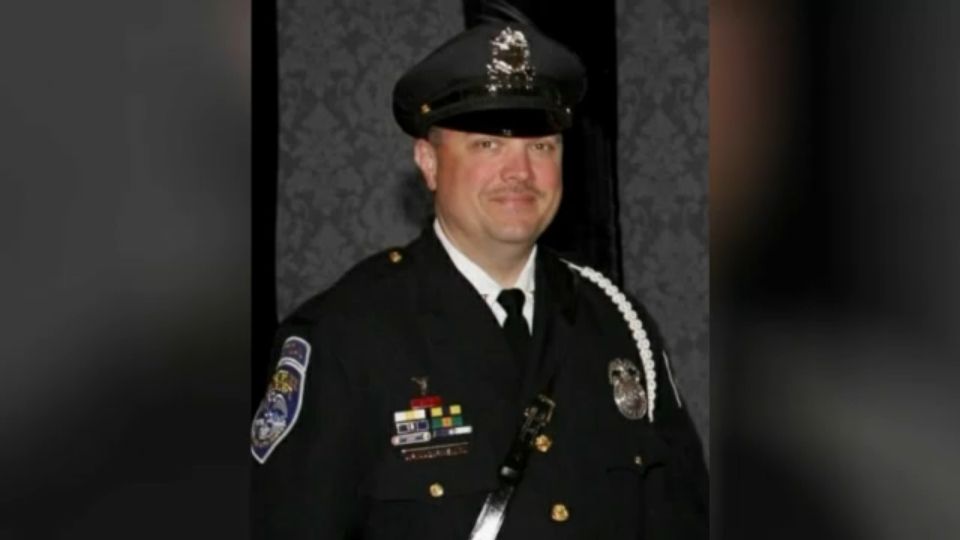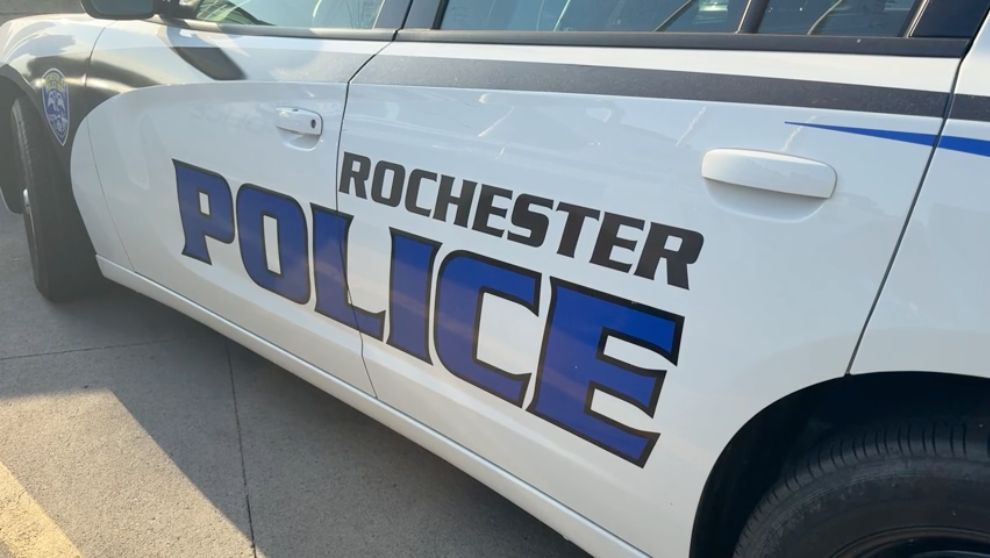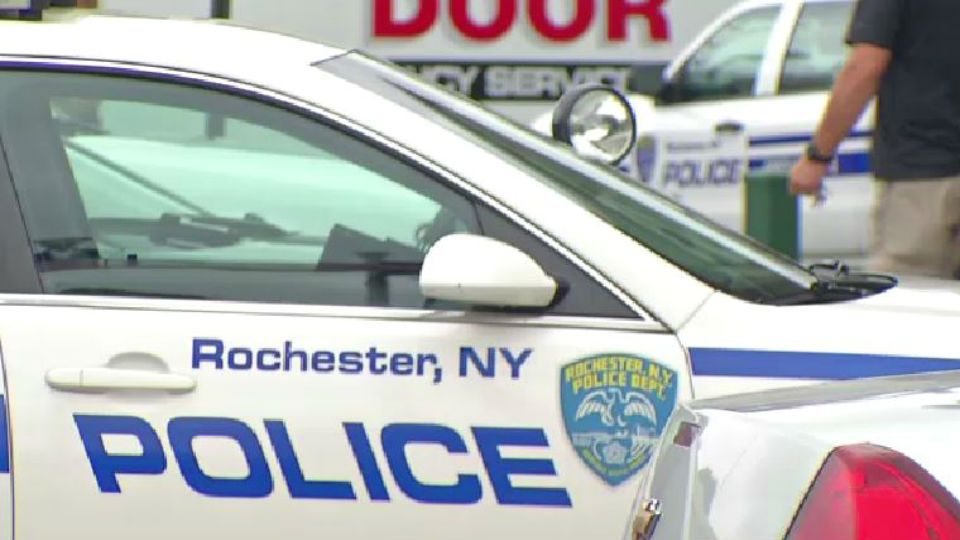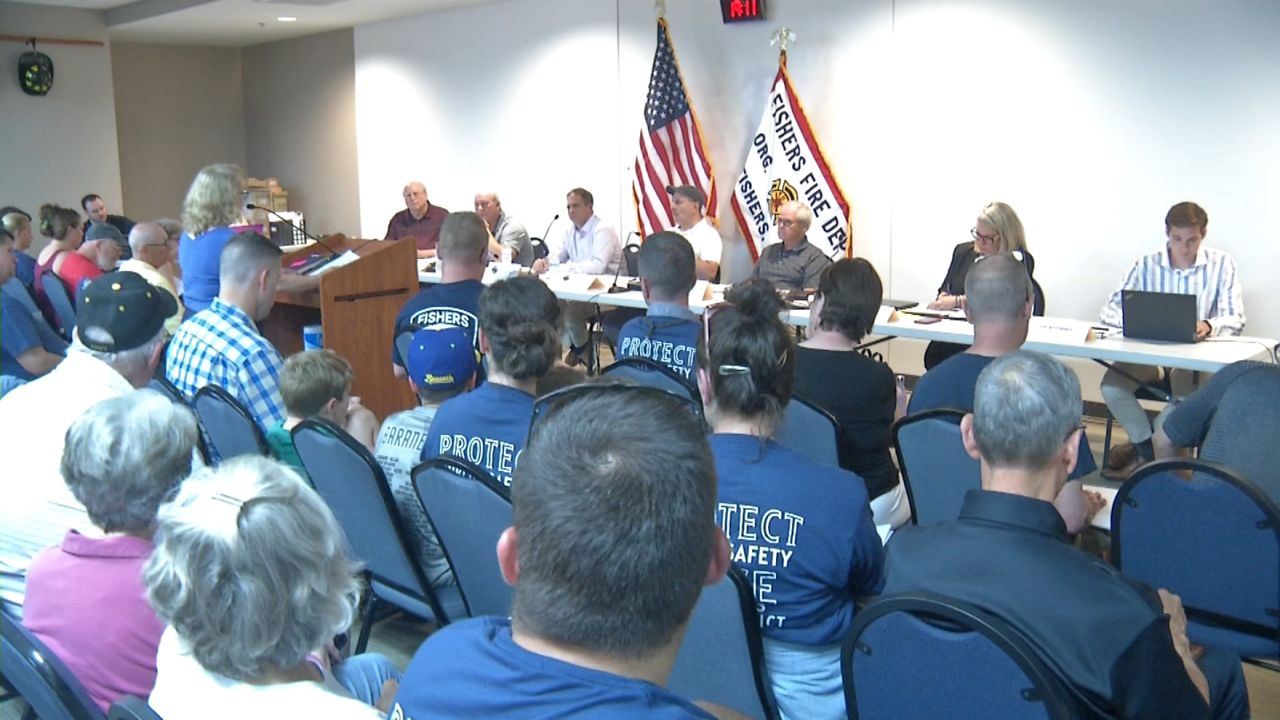New York State Parole officials are preparing for the implementation of the Less is More Act, the Parole Reform Bill signed into law by Gov. Kathy Hochul on Friday.
“I think this is going to be very difficult for parole officers to really get a handle on the people that they supervise," said Monroe County District Attorney Sandra Doorley.
Doorley has some concerns about the Less is More Act, but she remains hopeful.
“One of the things that, you know, I'm very happy about is that if someone is out on parole if they commit a misdemeanor or felony, there's still a mechanism to hold them on a parole violation," Doorley said.
“New York state incarcerates more people for parole rules violations than anywhere in the country," Hochul said on Friday.
The governor’s team says Less is More is perhaps the most significant parole reform in the country to date. It will restrict the use of incarceration for non-criminal technical parole violations.
“Say, for example, a person on parole commits a non-technical violation,” Doorley said. “Once they're released, they do not check in with their parole officer, they don't follow a curfew, they don't make themselves amenable to a search of their premises. Those are non-technical violations, most of those will have no jail exposure until perhaps the person has that violation a third or fourth time.”
“Sixty-five percent of the people who’ve been returned on parole violations were for these technical violations," Hochul said.
The bill will also bolster due process in parole hearings, require parole hearings to take place within a specified time, and provide earned time credit for parole.
“So they're essentially getting good time when they're released to parole supervision,” Doorley said. “You know one of the things that I noted is that there's no mandatory notification to victims that a parole sentence will be cut short. It appears that that's not allowable under this new, Less is More.”
The state says the Less is More Act impacts the more than 35,000 people on parole supervision in New York, and will improve public safety while strengthening the reentry process.
"We all want them to succeed,” Doorley said. “We want them to be able to assimilate into our community, but sometimes they need to do that with a parole officer, and I believe there needs to be, you know, closer supervision between the parolee, and the parole officer. I think the ultimate goal here is to reduce the prison population. And as I've said before, if we're going to do that we need to do it smart and we have to think about public safety consequences.”










